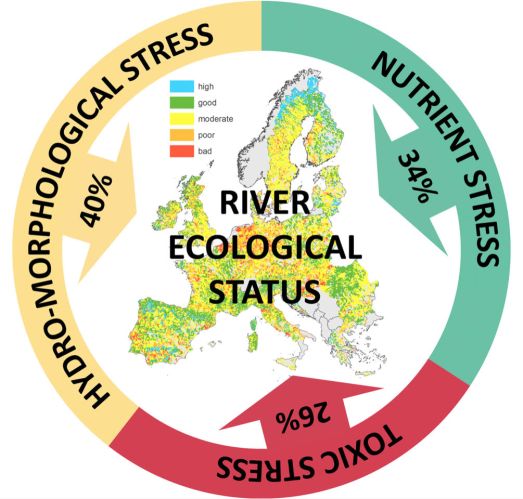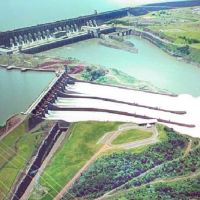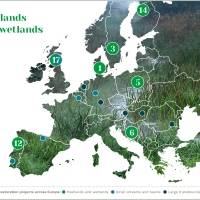Multiple stressors shape river ecosystems across Europe

In recent years, freshwater scientists across the world have explored how the ecological health of rivers and lakes is impacted by multiple human stressors. Such stressors – for example, pollution, water abstraction, bank alterations and habitat loss – often act in complex combinations, which can variously intensify or reduce their individual impacts.
Freshwater managers and conservationists have long known that aquatic ecosystems are affected by a wide range of human activities, but until recently there has been little evidence-based guidance on how to manage for their impacts. Recent multiple stressor research seeks to untangle how different stressors interact, the impacts they can have, and the management actions that are most effective for tackling specific multiple stressor combinations.
Despite the recent upsurge in multiple stressor studies, there are still significant unanswered questions in the field. One key issue is upscaling results from experiments on aquatic biota based on a small number of stressors to larger – catchment and continental – scales which are useful for shaping management and policy decisions.
A new study providing the first overview of how multiple stressors determine ecological status in European rivers aims to address this shortfall. The study, by Jan U. Lemm from the University of Duisburg-Essen and colleagues from the MARS and SOLUTIONS projects, links the intensity of seven stressors to recently measured ecological status data for more than 50,000 river sub-catchments. Using data from the reporting of Water Framework Directive River Basin Management Plans between 2010-2015, the modelling study area covers almost 80% of Europe’s surface area.
The study, published in the Global Change Biology journal, shows that stressors account for an average of 61% of deviance in ecological status across twelve different river types in Europe. In other words, almost two-thirds of the observed variations in European freshwater biota can be directly attributed to human impacts.

“Our work shows the hierarchy of multi-stressor impacts on Europe’s rivers: various hydro-morphological alterations affect aquatic ecological status most severely, followed by nutrient and toxic stress. The latter clearly demonstrates the distance to Europe’s target of a non-toxic environment, called for by the Green Deal,” says co-author Dr. Sebastian Birk from the University of Duisburg-Essen.
More than half of the variances in ecological status can be explained by multiple stressor interactions, according to the scientists’ models. Pollution of rivers from nutrients and toxic substances are the stressors which interact most frequently and strongly, the authors state.
Dr. Birk says the study findings should call attention to the urgent need to reduce human impacts on freshwater ecosystems. “Ecological impacts are mainly driven by stressor interactions, underlining the intricate interplay of human activities on the environment. This is just more evidence for the need of transformative change in the way we deal with nature… the science is unmistakeable, but are we ready to change?”
“This paper represents one of the first approach to link multiple stressors and their effects on the ecological status at European scale,” says co-author Dr. Markus Venohr from the Leibniz-Institute of Freshwater Ecology and Inland Fisheries (IGB). “An important pre-condition was to derive all stressors and conduct analyses at the spatial scale of the status information reported by member countries.
“By mapping near-natural and managed flow conditions and by directly including nutrient emissions, the effects of human uses on ecological status can be revealed. These relationships are often unrecognised at smaller scales due to lower gradients and smaller numbers of cases. We are positive that this work can provide a major development for a harmonised effect assessment and for improving measure efficiency to reach the goals of the EU Water Framework Directive,” Dr. Venohr says.
The study suggests that there are common environmental stressors affecting all European freshwaters, regardless of region or river size. Although stress intensity varies geographically, all European river types are affected by riparian land use, hydrological alterations, nutrient enrichment and toxic substance pollution.
The study authors state that their findings should prompt water managers and policy makers to adopt more holistic approaches to freshwater assessment and management. Such approaches, which link both small- and catchment-scale management, and explicitly consider the impacts of multiple stressors – are crucial if the ambitious targets of the European Water Framework Directive are to be reached, and the health of European freshwaters is to be restored.
+++















Comments are closed.